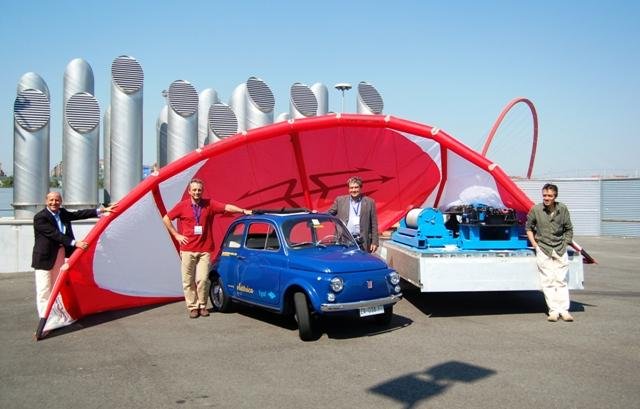
Model of Medium Spiny Neuron. (3D representation made with Neuronvisio)
Disclaimeir: This is a long one. Get a cup of coffee and ten solid mins of your time, otherwise leave now 😉
When I meet new people and I’m asked to introduce what I do, it usually takes at least 3 minutes to give a proper overview. Usually, if the person is interested, I’ll go deeper and deeper, using an onion strategy to explain dive in the details of my subject’s research, going from a very simplified explanation to a more and more precise one.
The interesting thing is the recurrent question which arise at the end of my explanation: Why? What is the reason behind that?
I think this is a very interesting question and I have a personal answer, which I will tell you in no time. However, before that, let me introduce you a bit my research so we are on the same page. Then I will take a risk and try to generalize this to the whole modelling world.
In my Ph.D research I’m modelling the Medium Spiny Neuron of the Basal Ganglia. If you want to know why this is interesting and you want more detailed information about it just go on my academic page, otherwise here let’s just say that I’m investigating how the memory works, trying to shade some lights on the complicated business of memory and learning. In computational neuroscience we have a lot of different data, from physiology spanning to morphology to biochemical pathways. However, all this data usually belongs to quite well defined different area of expertise and they are not integrated. I’m trying to develop a coherent theory which integrate all these areas, which then we can use as a tool to understand the system.
The system I’m studying is not linear, which means a lot of different and concurrent processes influence each other, with different magnitude and at different times dynamics. The network of relations is intricate, and the different delays makes really difficult to have a static representation which can explain the situation.
This is why modelling is useful, and in my case is quantitative modelling. One of the way to try to understand this system is to create a model where we can simulate what’s going on, then run it to try to catch the emergent properties of the system and isolate them. If this approach is successful it will give us the knowledge about how the Medium Spiny Neuron should work in physiological conditions at least about some precise situation.
So what? I heard you said. Well, we have a good representation of what is going on. Which is the main idea of basic research. But there is more, so keep reading.
Let’s say the systems (in this case the Medium Spiny Neuron) can be found in pathological and then in normal conditions.
If we know how to simulate the physiological conditions and the pathological conditions then we have the possibility to understand the difference between the two. This difference or the ? (delta) ? = physiological - pathological, as I like to think about it borrowing a classic mathematical notation, is what differentiate the system in the two conditions.
This can be done also from an experimental point of view. You can replicate the two states using experiments, but given the fact the system is very complex, you can use a lot of different method to force the system into pathological conditions. Usually the system acts like a black box: you know what you put in, you can read what you’re getting out, but you don’t know what’s going on inside the box. In other words you don’t know the ?, or said in another words you don’t know why the two conditions are different.
Therefore the job of the model is try to open the box.
Now, if you know what is the ? and why it exists you have also a good indication of what is going wrong in the pathological conditions, what is missing or what is overproduced or, in more general terms, what is the bit you lack between the two systems. Then you have a starting point where to look to patch it.
I think this doesn’t apply only to computational neuroscience, but to all the models that deals with complex systems.
That’s why I think modelling is important. It will be cool to know what are the thoughts of mine 25 readers if they made up to here. Comments are open, as usual.



